By MALUM NALU
BACK in 1984, while doing Grade 11 at Aiyura National High School in the Eastern Highlands, my class did a weekend trek from Aiyura to Yonki.
On a cold, wet, Saturday night, we overnighted at Arau Coffee Plantation run by a legendary Australian woman Muriel McGowan Larner.
Larner, the mother of one of our Aiyura teachers Rosalie Everest (whose husband Reg Everest was also an Aiyura teacher), was a born and bred Papua New Guinea girl.
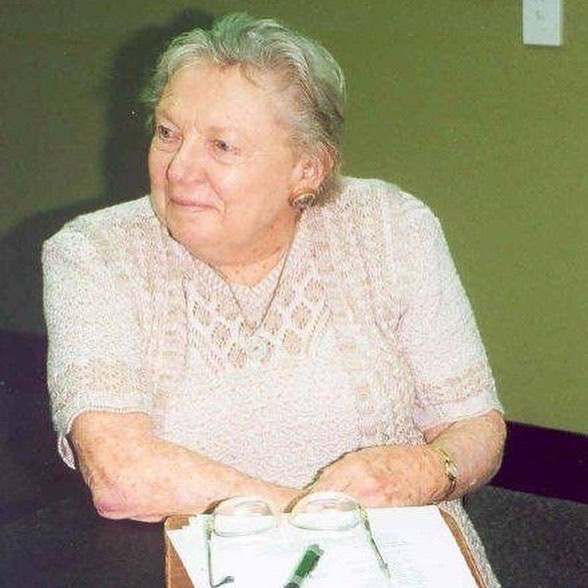
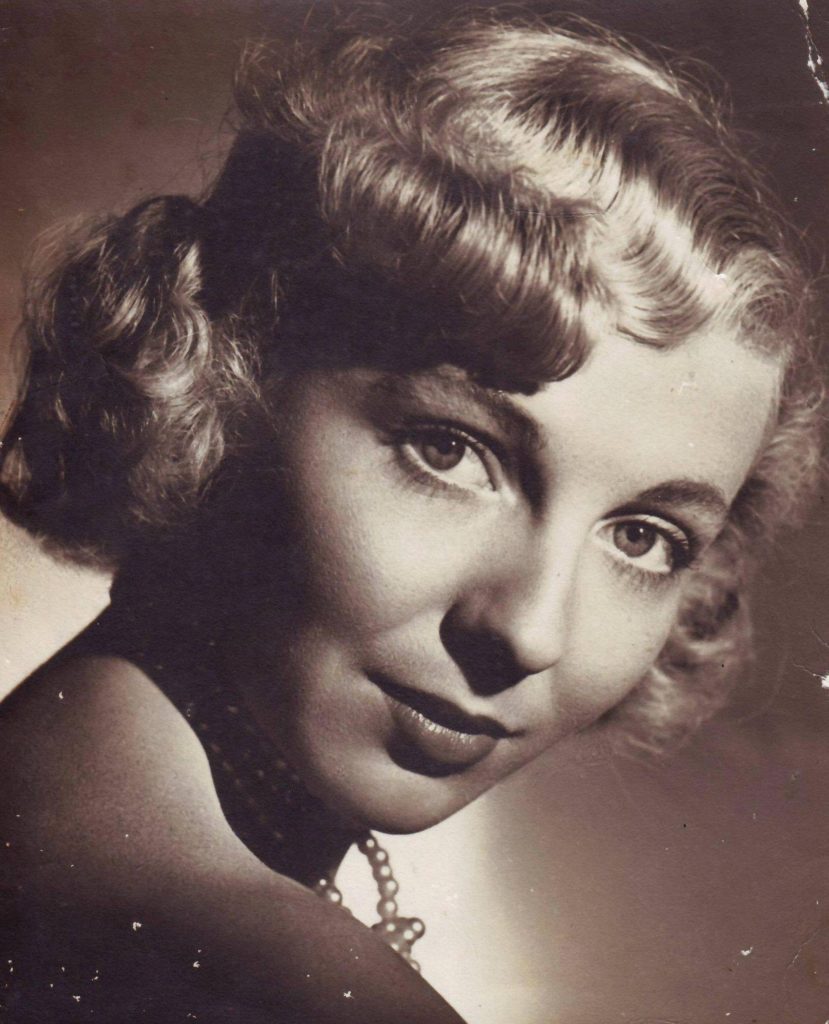
She singlehandedly ran Arau for 40 years, after the death of her husband in 1967, and was a household name around Kainantu.
Larner was also the founder of the Eastern Highlands’ Cultural Centre, Kainatu’s most-famous tourism product, which lives on to this day.
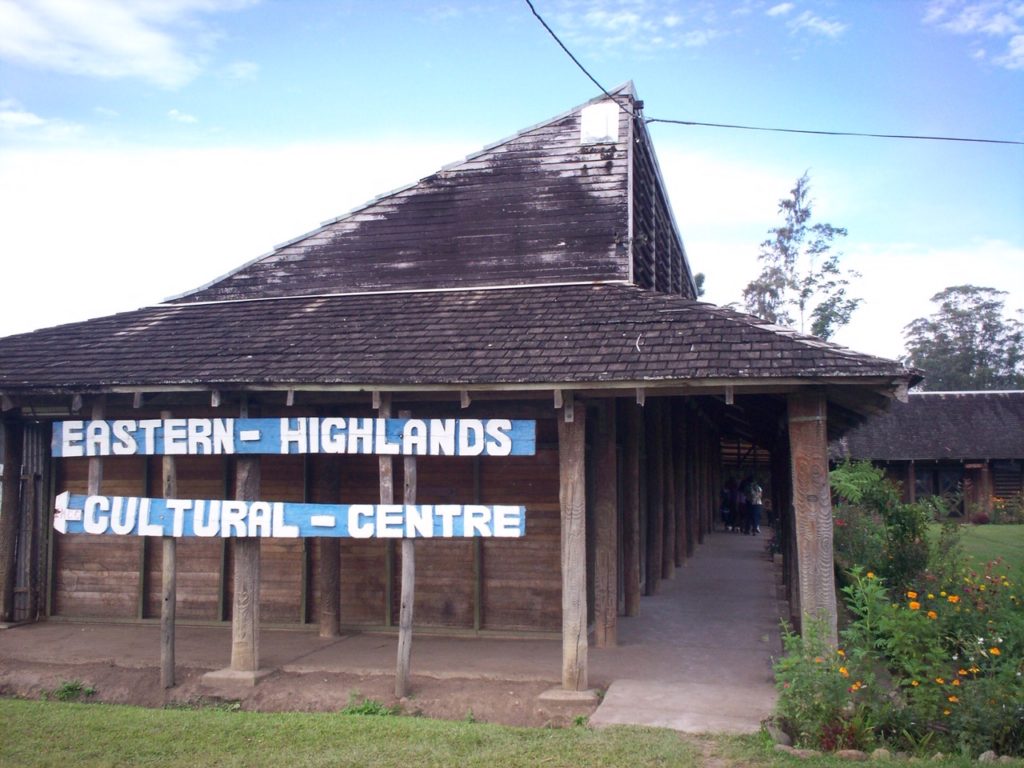
She was honored for her services with an MBE from the Queen in 1983.
I had been planning, through Rosalie, to interview her mother sometime but this did not come about with her passing on April 18, 2019.
Larner told her life story in an address to the Toowong Library in Brisbane, Australia, which has been made into a little book of her life in Papua New Guinea titled Me Meri Tolai (I am a Tolai woman).
She was born in Rabaul in 1929, moved to Australia during WWII, and moved back to Port Moresby after the war.
In 1946, Larner received a Christmas present, a plane ticket to go to Port Moresby.
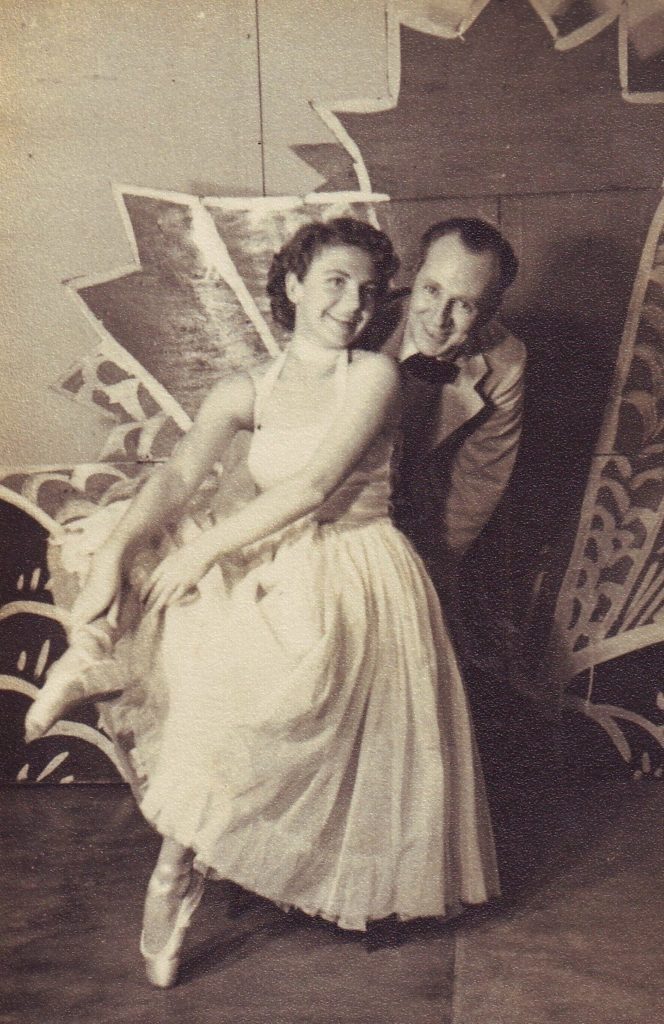
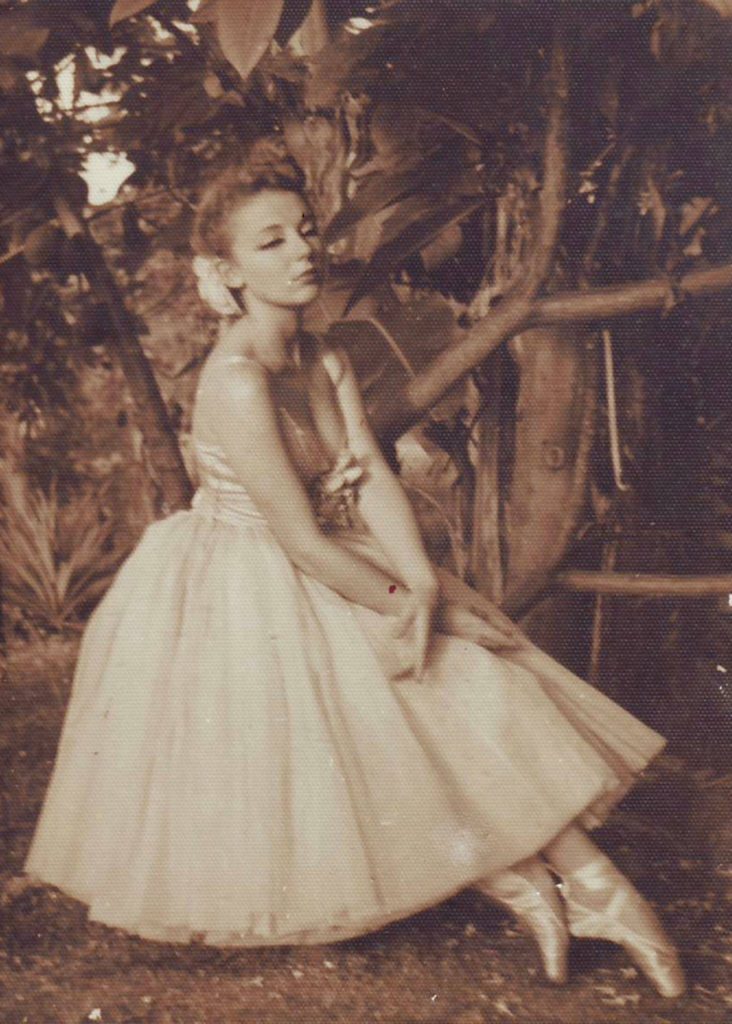
There she met Wally, her husband to-be, who was a labour recruiting officer.
“He decided I was too young and fickle and stuck up his nose and looked the other way,” Larner remembers.
“He enlisted and went off for 15 months to Korea.
“On his return we became engaged and later on we were married.
“We had our first baby, Bronwyn, in 1953.
“We saw that movie Elephants Walk and when we left that theatre we were going to become planters.”
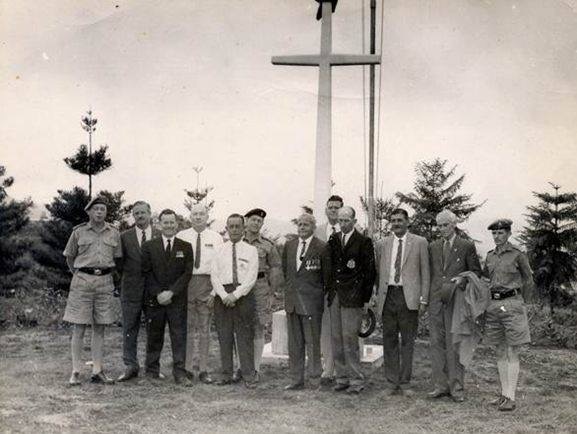
Thus began a long relationship with Kainantu.
“We looked for a block of land, applied for it, and we got it – Arau plantation outside Kainantu in the Eastern Highlands,” Larner says.
“My husband went ahead while I went to Australia to have the next baby.
“He went ahead to build a nursery and a hut for us.
“Somebody said to him, ‘How did you know anything about coffee?’ He said “I don’t know anything about coffee. If they had given me a thistle, we would have been the first commercial thistle growers!”
“So we started planting coffee, cardamom and pyrethrum out of Kainantu.
“In 1957 when we flew in by this little chartered Cessna on Kainantu’s dirt airstrip, we were in uncontrolled territory with hundreds of chanting villagers on the airstrip.
“We had nothing on our plantation but for the kunai house that my husband had built for us. I arrived with a four-year old Bronwyn and a two-week old baby girl Rosalie.
“It was quite an adventure.
“I had half of a 44-gallon drum as a stove, a pulley shower and a thunder box and all the usual things, though no electricity.
“Ah, it was beautiful. I loved it.”
It was four years of development before the young Australian family had communication with anyone or a road.
“Our first transport was a tractor which of course we had to carry ourselves and everything else on,” Larner says.
“I’d sit on the battery box with the baby Rosalie.
“Bronwyn sat beside me, with the rotor blades out the back trimming down the road.
“That was about it.
“We had plane supplies about once a month when food supplies and mail would be thrown out of the aircraft, or if it landed, it would pick up the veggies we would supply to the veggies shops in Lae.
“Then the time came for correspondence school to start – teaching your own children, I don’t recommend it.
“Eventually we chartered a larger DC3 aircraft once a month. It landed at Arona – Arona cattle station in the next valley.”
In 1967, Larner’s husband passed away on the plantation and then the coffee flush came in.
Larner never married again.
“I was very busy and didn’t have time to feel sorry for myself,” she says.
“Two years later, I had to send the children to boarding school because I just couldn’t cope any longer.
“In 1969, digging toilet pits and drains, I found clay, first class clay.”
It was that very clay that led to Larner’s legacy of the Eastern Highlands’ Cultural Centre.
“So I began to play around with that on weekends and the native children started to get interested in what I was doing,” she adds.
“I taught them pottery, then I taught them how to do screen printing and then to sew by hand.
“That was the very beginning of what became the Eastern Highlands Cultural Centre.
“It started to grow to such an extent that the government came to me and asked me if I would move into Kainantu.
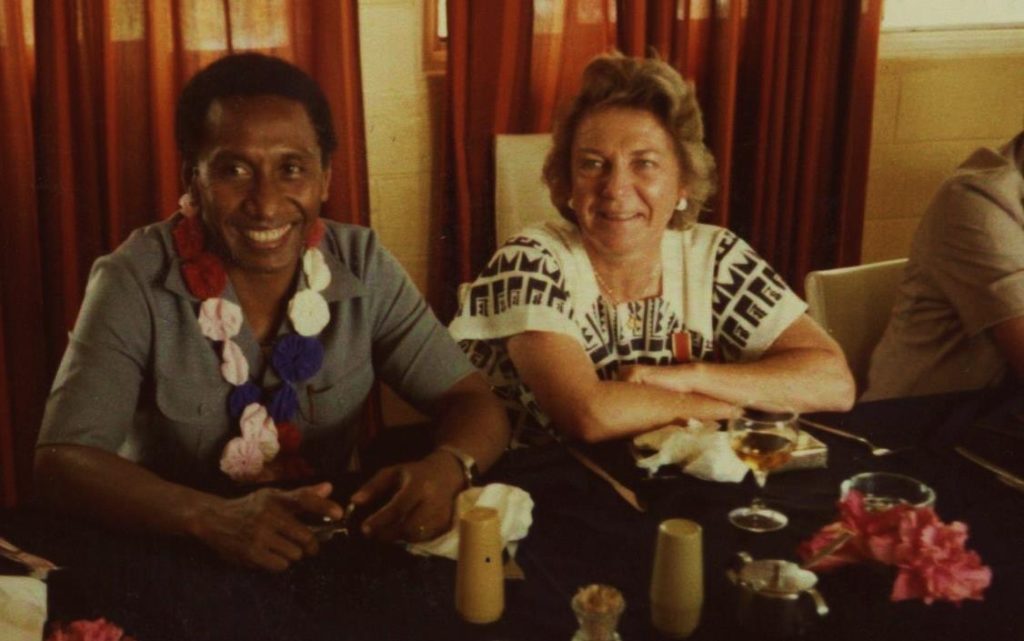
“All this time I was developing the cultural centre which was built by the provincial government, plus running the plantation.
“Then I had to take on a manager when I moved into town permanently.
“In 1982, the cultural centre was officially opened.

“I had employed a manager and his wife who settled onto the plantation for the next four years.
“In 1986, the coffee prices dropped so I returned to running the plantation again, so back and forth.
“Then I sold Arau in 1993.
“I left it and went into Kainantu permanently and a month later, the house on Arau collapsed in a guria (earthquake).
“There was nothing left of the home I had built and loved so much.
“I stayed on the plantation and in Kainantu for 50 years.
“I’ve never been back to Kainantu though I have been back to Lae and Madang.”
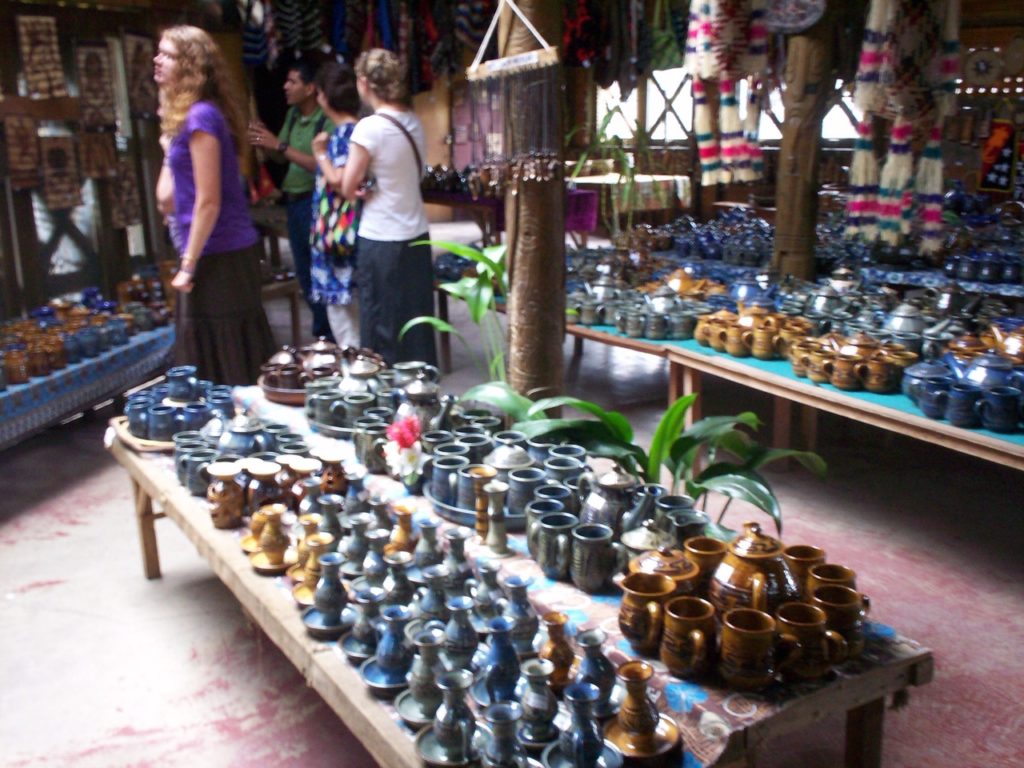
Larner went to Australia in 1997 and moved straight away into a retirement village.
This remarkable woman has left a legacy in Arau, Kainantu, Eastern Highlands and PNG.
***
We really appreciate you contributions in Arau and Kainantu. My father, Kanka Makima from nearby village Omaura, is married to Arau and I often walk back and forth with him.
I personally saw some remains of old buildings as you have told.
For your ears, the Arau Coffee Plantation has been take over by the villagers – owning small blocks.
All your history outline correlates with what I heard from my father. Above all, thanks for being part of us.